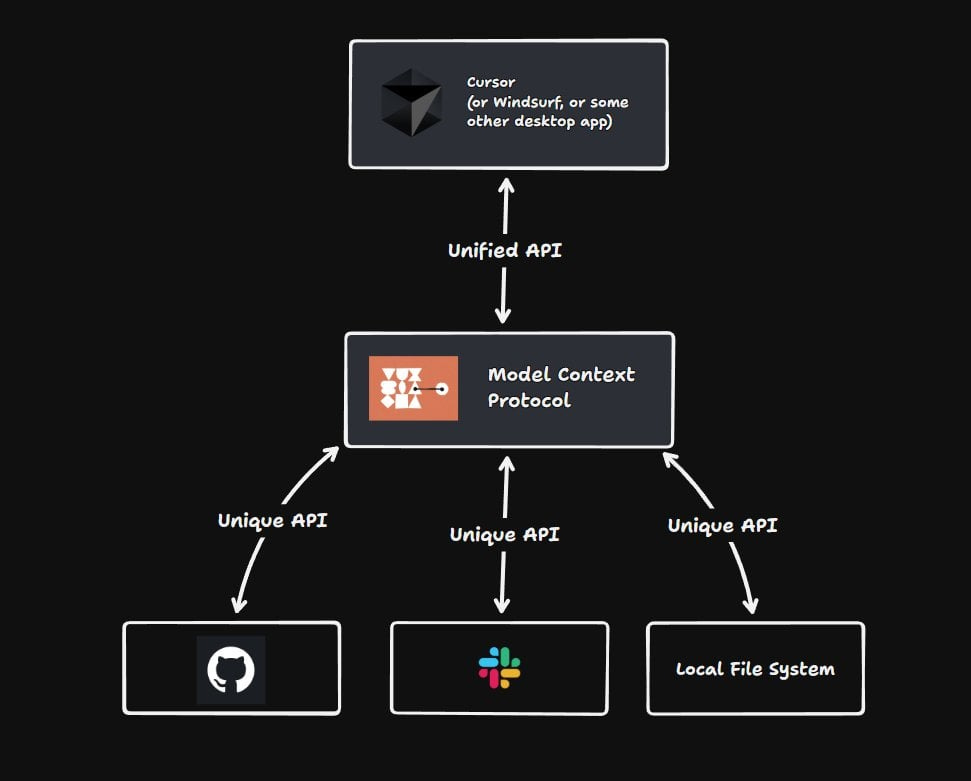- Published on
Mastering MCP Protocol in AI Systems Best Practices for Seamless Integration
- Authors

- Name
- Adil ABBADI
Introduction
As AI systems continue to permeate various industries, the need for efficient communication protocols has become increasingly important. The Message Control Protocol (MCP) has emerged as a popular choice for enabling seamless data exchange between devices and systems. In this article, we'll delve into the best practices for implementing MCP protocol in AI systems, ensuring robust communication and minimizing potential pitfalls.

- Understanding MCP Protocol Fundamentals
- Best Practice 1: Define Clear Communication Requirements
- Best Practice 2: Implement Error Handling and Fault Tolerance
- Best Practice 3: Optimize Data Transmission and Reception
- Best Practice 4: Ensure Security and Authentication
- Best Practice 5: Monitor and Analyze MCP Protocol Performance
- Conclusion
- Further Exploration
Understanding MCP Protocol Fundamentals
Before diving into the implementation best practices, it's essential to understand the basics of MCP protocol. MCP is a connection-oriented protocol that facilitates reliable, error-checked, and sequential data transfer between devices. It operates at the transport layer of the OSI model, providing a framework for devices to establish, manage, and terminate connections.
import mcp
# Initialize MCP connection
mcp_conn = mcp.Connection('device_ip', 'device_port')
# Establish connection
mcp_conn.establish()
# Send data
mcp_conn.send('Hello, MCP!')
# Receive data
response = mcp_conn.receive()
print(response) # Output: Hello, MCP!
Best Practice 1: Define Clear Communication Requirements
Defining clear communication requirements is crucial for successful MCP protocol implementation. Identify the specific use case, data exchange formats, and protocol versions involved. This will help you design an optimal communication architecture and ensure compatibility with various devices and systems.
# Define communication requirements
comm_req = {
'use_case': 'industrial_automation',
'data_format': 'json',
'protocol_version': 'MCPv2'
}
# Configure MCP connection accordingly
mcp_conn.configure(comm_req)
Best Practice 2: Implement Error Handling and Fault Tolerance
MCP protocol is designed to handle errors and exceptions, but it's essential to implement robust error handling and fault tolerance mechanisms in your AI system. This includes error detection, correction, and retry mechanisms to ensure reliable data transfer.
try:
# Send data
mcp_conn.send('Critical Data')
except mcp.Error as e:
# Handle error
print(f'Error: {e}')
# Retry data transfer
mcp_conn.retry()
Best Practice 3: Optimize Data Transmission and Reception
Optimizing data transmission and reception is critical for efficient MCP protocol implementation. This involves selecting the optimal data encoding scheme, compressing data when necessary, and using caching mechanisms to reduce latency.
# Compress data
compressed_data = zlib.compress('Critical Data')
# Send compressed data
mcp_conn.send(compressed_data)
# Receive and decompress data
decompressed_data = zlib.decompress(mcp_conn.receive())
print(decompressed_data) # Output: Critical Data
Best Practice 4: Ensure Security and Authentication
MCP protocol provides built-in security features, such as encryption and authentication. Ensure that your AI system implements robust security measures, including secure key exchange, encryption, and authentication mechanisms.
# Initialize encryption
mcp_conn.encrypt()
# Authenticate with device
mcp_conn.authenticate('username', 'password')
# Send secure data
mcp_conn.send('Confidential Data')
Best Practice 5: Monitor and Analyze MCP Protocol Performance
Monitoring and analyzing MCP protocol performance is critical for identifying potential issues, optimizing data transmission, and ensuring seamless communication. Implement logging and analytics mechanisms to track key performance indicators (KPIs) such as latency, throughput, and error rates.
# Initialize logging
mcp_conn.log.setLevel(logging.INFO)
# Monitor KPIs
latency = mcp_conn.get_latency()
throughput = mcp_conn.get_throughput()
error_rate = mcp_conn.get_error_rate()
print(f'Latency: {latency}, Throughput: {throughput}, Error Rate: {error_rate}')
Conclusion
Implementing MCP protocol in AI systems requires careful consideration of various factors, including clear communication requirements, error handling, data transmission optimization, security, and performance monitoring. By following these best practices, you can ensure robust, efficient, and reliable communication between devices and systems.
Further Exploration
Explore the official MCP protocol documentation and API references for a deeper understanding of the protocol's capabilities and limitations. Stay updated with the latest developments and advancements in MCP protocol and AI systems integration.
Happy implementing!
